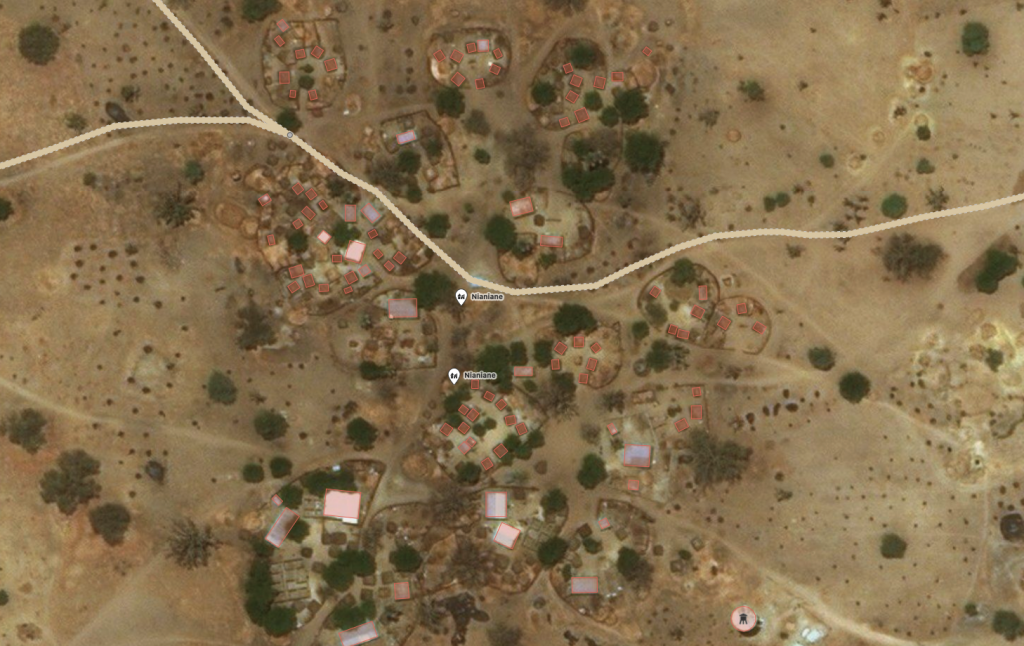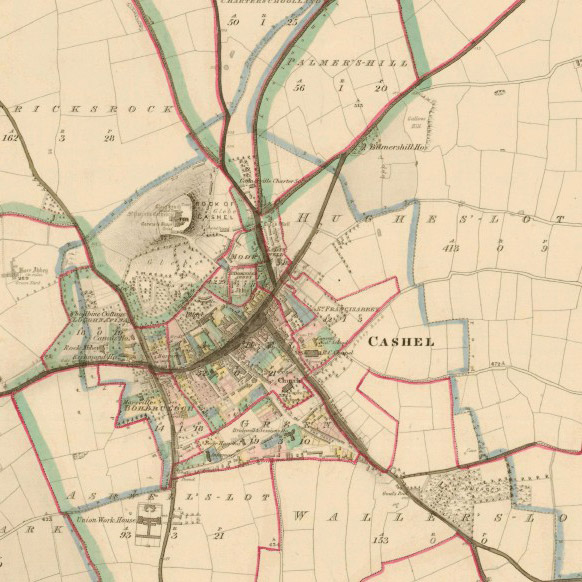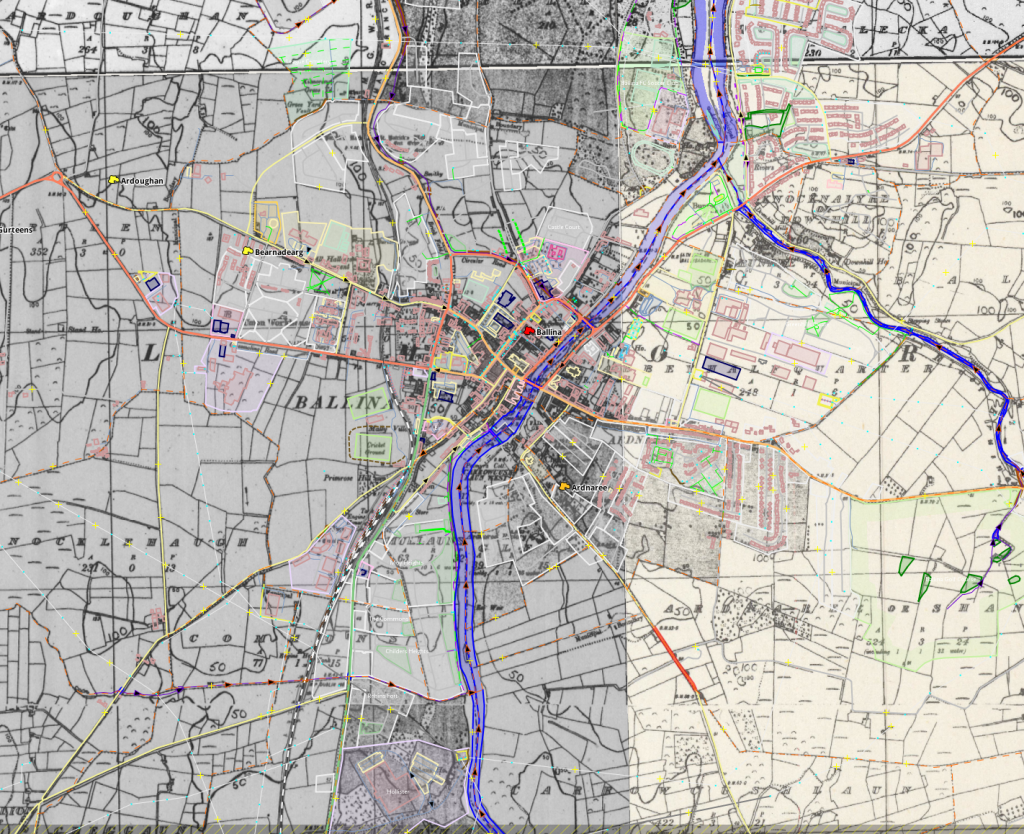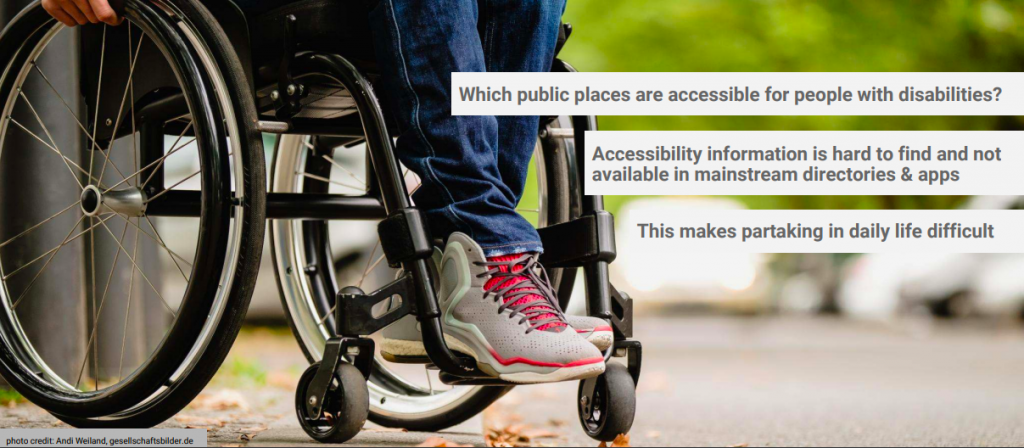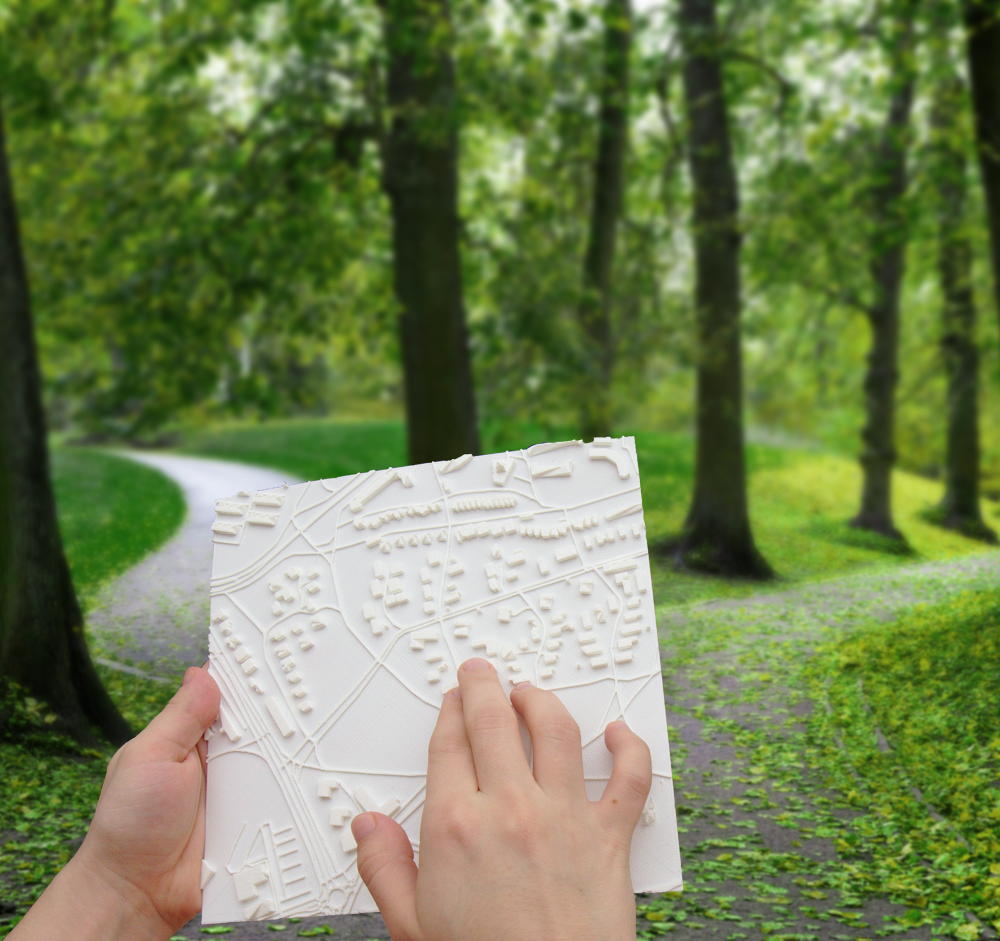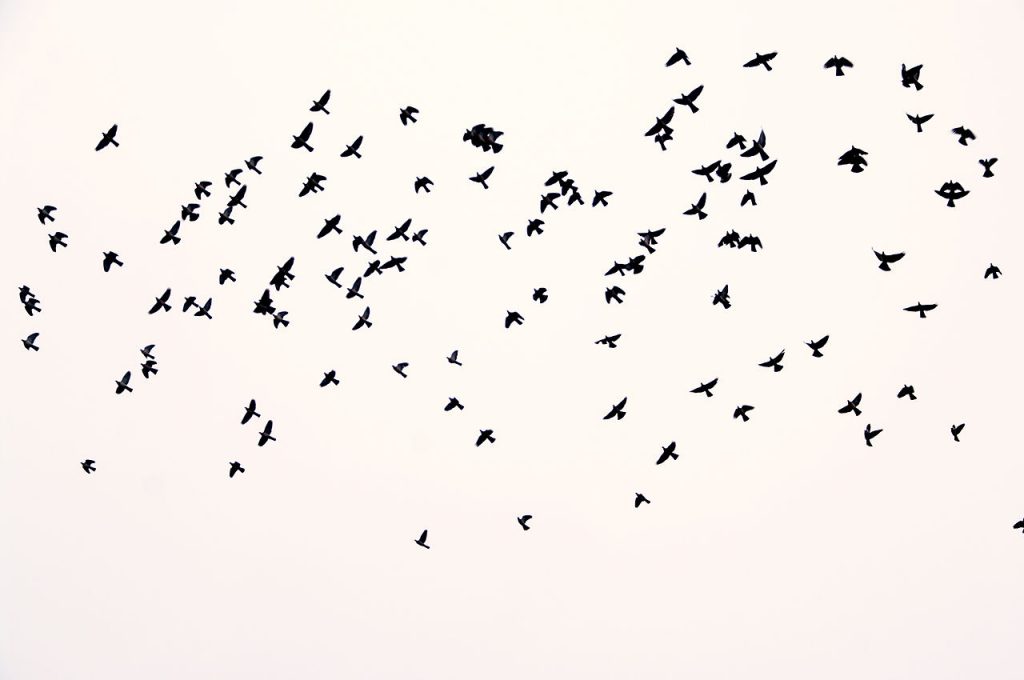In January, the new OSMF board met to discuss the work each of us wants to drive forward in 2023. What emerged was an initial, work in progress agenda for the year, with a good distribution of focus areas. Below are a few sentences directly from each of us on what we are thinking and how and where we want to contribute in 2023.
We welcome your input and participation. Contact us directly or, if you are an OSMF Member, join our monthly Board meeting. We will continue to develop and refine our ideas, including in a half day screen to screen session, soon.
Mikel:
Fundraising is my top priority, to support our core staff and infrastructure in a sustainable way. We will have dedicated fundraising campaigns across diversified sources including community small donors, public and private grants, and corporate sector engagement. Secondly, I will focus on making OSMF a great place to work, continuing to implement the necessary processes and structures, and supporting them to be successful. Finally, as secretary, I want to give the OSMF a professional, responsive communication tone. The more I think about it, the more I believe that excellent communication is the key to so much – across fundraising, reputation building, and community growth.
Sarah:
I’d like to focus this year on making the daily operations of OSMF run more smoothly, so that the board has more time in the future to focus on strategic matters. This includes yearly planning and budget, smoothly running communications to and from the board and a financial plan where the majority of our operational cost is covered through regular income. I also hope to get some wisdom from our working groups to understand how we can help each other to spread the work more efficiently, and on more shoulders.
Guillaume:
- moving our corporate registration to EU
- improving communication
- facilitate process improvements for OSM tagging, like liquid democracy
- financial planning and budgeting
- increasing the diversity of fundraising sources
- with Grant, increase infrastructure reliability
Arnalie:
For my first year on the OSMF Board, I would like to focus on:
- Building more local chapters
- Diversifying OSMF membership, including membership of OSMF Working Groups
- Ensuring financial sustainability and effective fundraising (an aspect I need to learn more/develop personally)
Roland:
For me, fundraising is the most important thing to do right now. We need money for both long-awaited improvements and daily operations, and our traditional sources of income from individual and corporate members do not even cover our daily operations. At the same time, the Overture announcement has made clear that some data consumers are willing to spend money on reliable map data. So one building block is to adjust the corporate membership levels.
Another aspect is to raise money for improvement projects and, even, completely new projects. History has shown that it is more feasible to secure income for concrete ideas than for an abstract fund. As the board works on behalf of the community, I will bring project ideas into discussion and listen for existing project ideas from the community that are concrete enough for cost estimations so that we have a list of project ideas ready to excite potential donors. I do not expect that every project will be funded, but I do want to see every potential funding opportunity finding an impactful project that it can be invested in.
Craig:
Now, a month in, I’m getting some traction on my election promises.
I want to help OSMF build up the mapping community and support and encourage existing community leaders. My special effort will be in Africa.
I’m keen to prioritise the OSMF diversity and inclusion programme. I have some ideas, but this must be done as a collective effort.
For tech, I’d like to support OSMF documenting its computer operations, updating and improving the software, look at data structures, promoting vector map tiles and keeping the hardware up to date and reliable.
I’m also making an effort to support the administration in a professional way, with a focus on strategic planning, budgeting, fundraising, and communications.
Mateusz:
For starters, it is necessary to keep basic things running – this applies to the OSM community, servers and critical software. Hopefully only routine activities will be needed here.
I am working on a human-readable budget summary – needed for OSMF board work, better transparency and for people interested in what the OSMF is actually doing – especially those who might potentially donate.
GDPR handling is stuck in limbo – and it is the responsibility of the OSMF board to organise the handling of this annoying task.
Lastly, I want to take action on enforcing attribution requirements.
